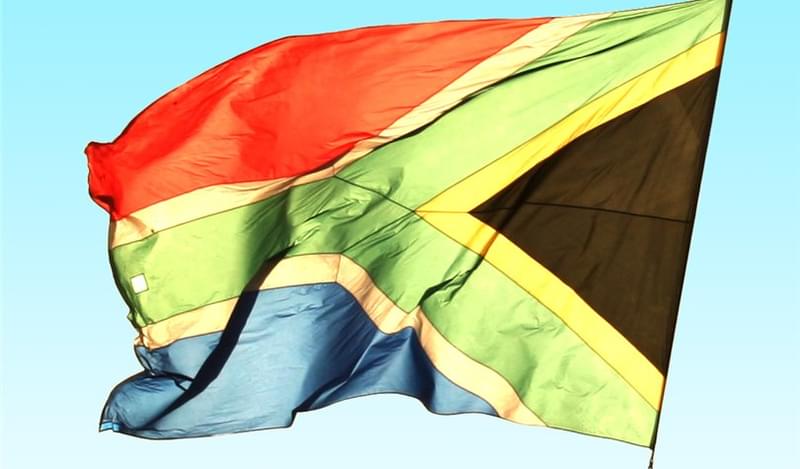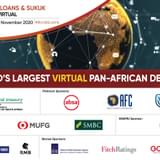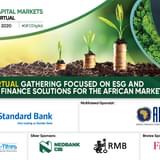Some observers suggested taking the rally with a grain of salt.
“The rand is consistently cited as one of the most oversold among emerging market currencies, with the same trend typically seen going the other way,” one currency trader told Bonds & Loans.
The rand gained as much as 2.4% to reach 14.6280 against the US dollar, the highest rate since early December, with many pointing to a recent stabilisation in South Africa’s political landscape as a leading factor promulgating the rally.
President Jacob Zuma last week survived an opposition party impeachment call in Parliament following allegations that his close friends, the Gupta family, influenced cabinet appointments.
Analysts also cited positive data from Chinese markets and an oil market outlook improvement as among the key drivers.
China’s Shanghai Composite was up 2% and on track to end a three-day losing streak yesterday and the Shenzhen Composite gained 2.2% its first gain in three sessions. Figures released by China’s National Bureau of Statistics this week also show inflation is holding steady at 2.3%.
Meanwhile, US Crude and Brent rallied yesterday to US$40.80 and US$43.45 per barrel, respectively, with speculative long positions on Brent climbing by 2,500, reaching record levels.
The recent currency rally follows South Africa’s recent successful US$1.25bn Eurobond sale, and the first African sovereign Eurobond issuance this year.
Last week the South African government sold the 10-year notes at 335bps over US Treasuries, which was not as expensive as many had anticipated given the country’s negative economic outlook. The sovereign has been placed on downgrade watch, which could put its debt into sub-investment grade territory as early as June.
“Some have put this down to investor confidence returning to South Africa, but the reality is that is not the case – the isn’t about investor confidence, but reaching a new equilibrium on the pricing of assets that reflect the true level of risk in South African,” said Conrad Wood, Head of Fixed Income at Aluwani Capital Partners, a Cape Town-based investment firm.
The last time the sovereign issued internationally was two years ago, when it sold US$1bn 30-year and €500mn 12-year notes, the latter yielding 275bps. Wood said that while spreads have certainly tightened – from about 75bps in December to about 50bps wide on average today on both sovereign and corporate foreign and local currency South African debt – pricing is still higher than it was 5 months ago.
“How much of this is down to local factors, like what we’re seeing in the ANC or the recent Eurobond sale, or a general emerging market uplift brought about by better data out of China, a more dovish Fed, and stronger oil markets is anybody’s guess. But there are more structural issues to be concerned about in South Africa, which is reflected in the new pricing we’re typically seeing. Unemployment is still high; we’re not seeing new legislation being implemented where it’s needed.”
“We may have won some recent battles, but the war is far from over,” Wood added.









